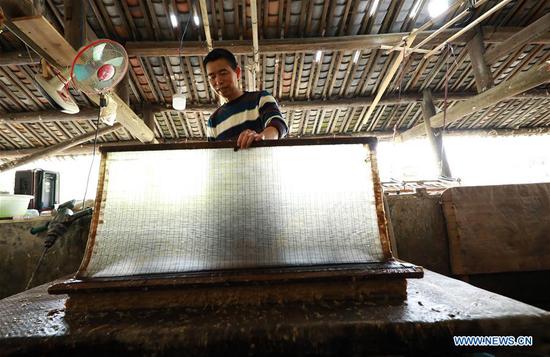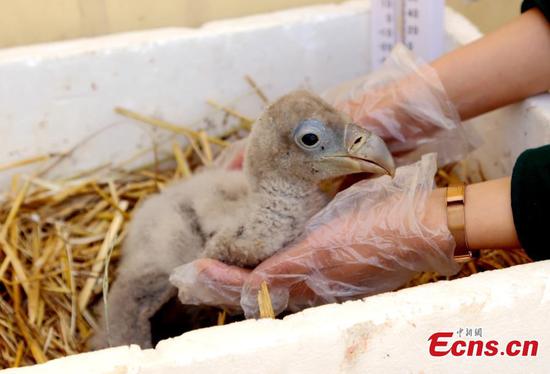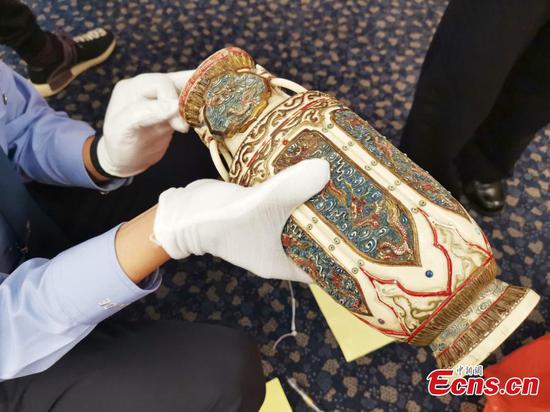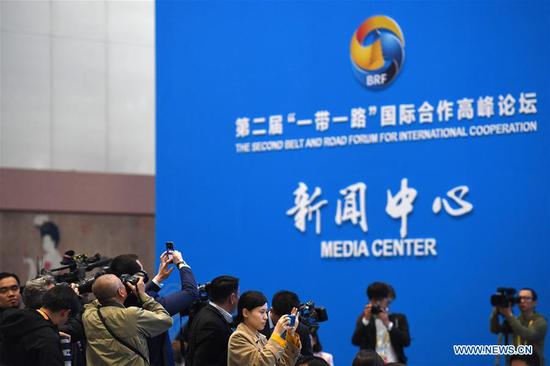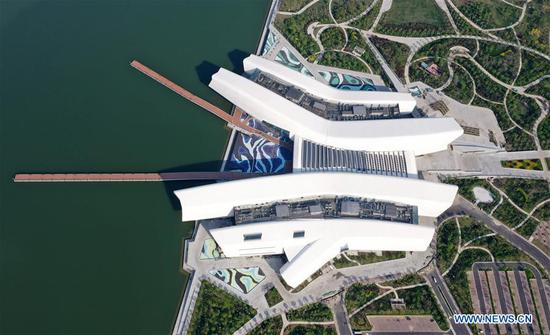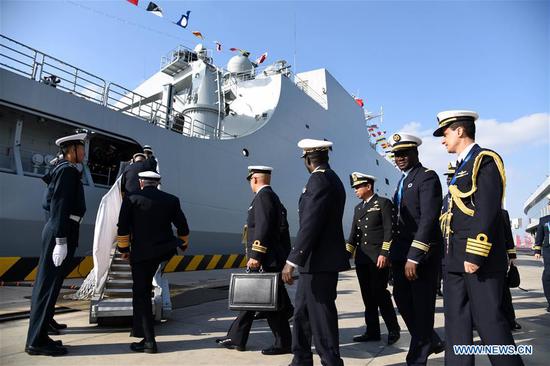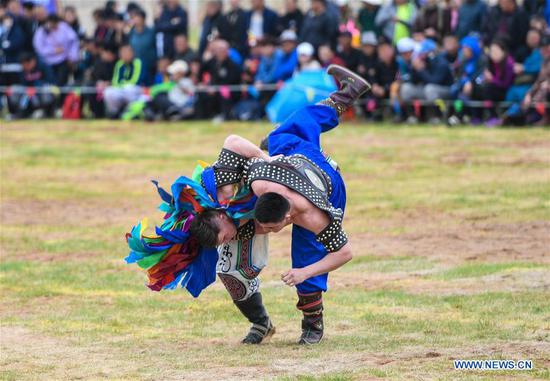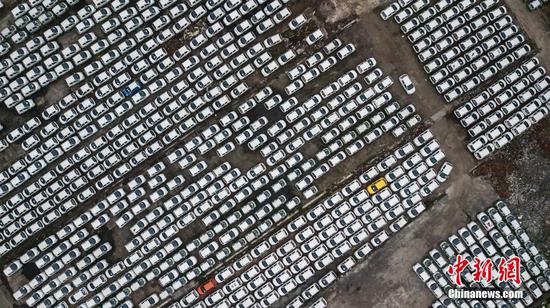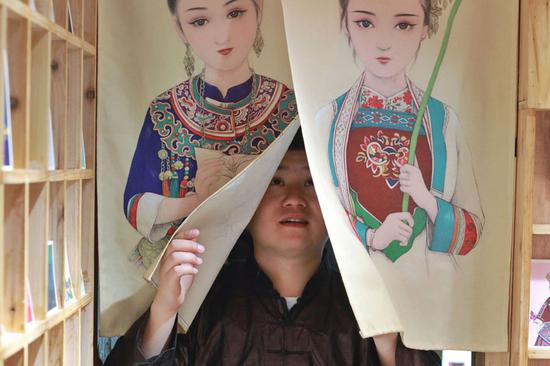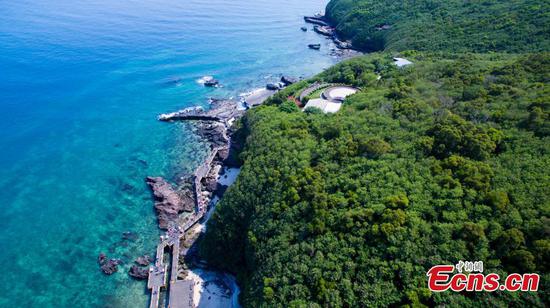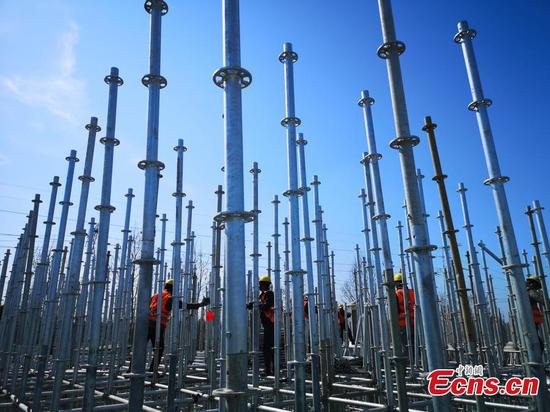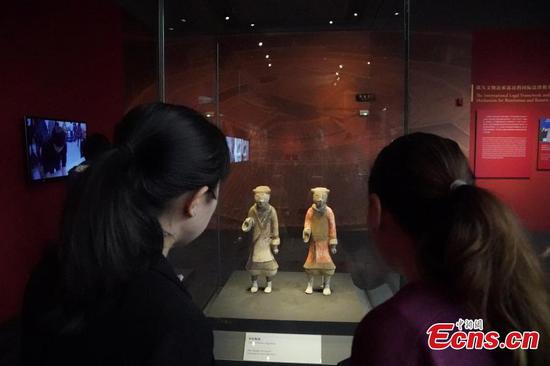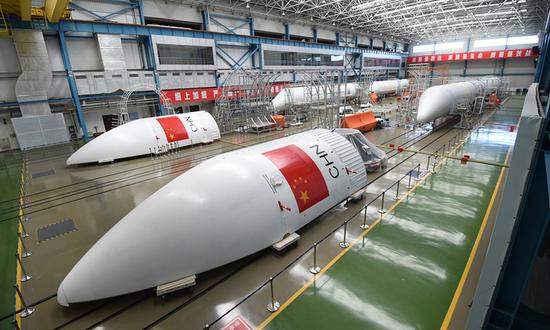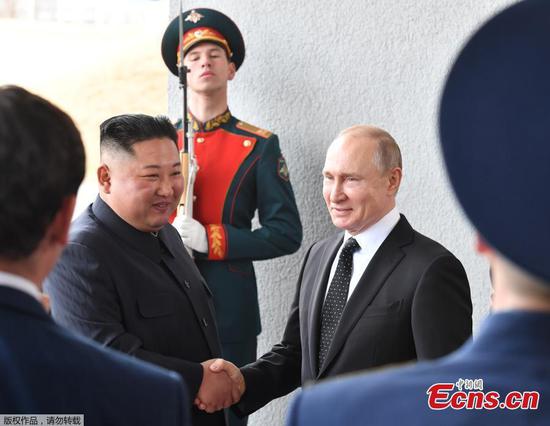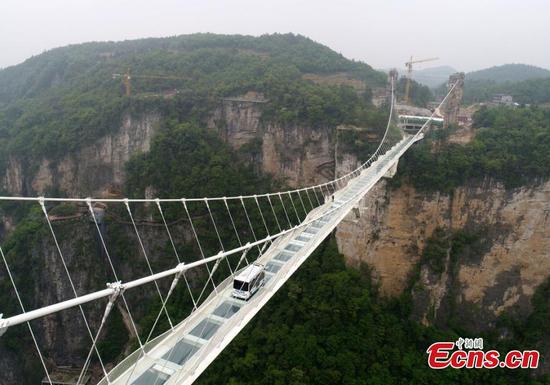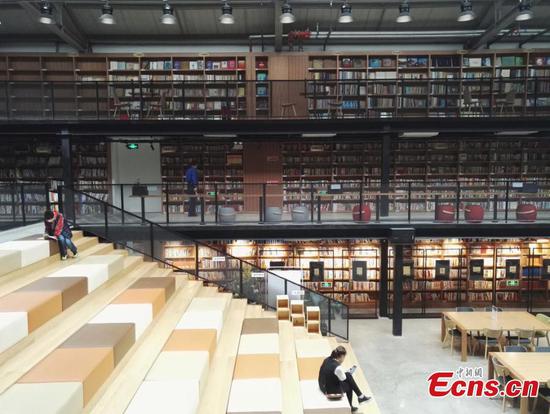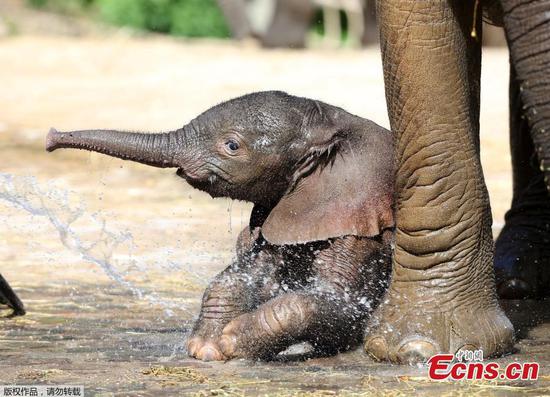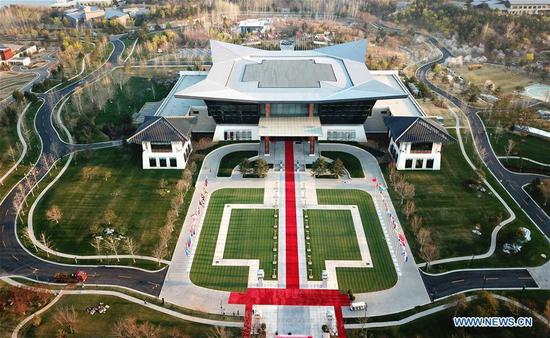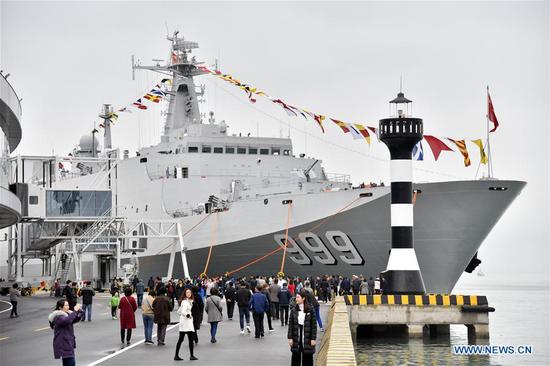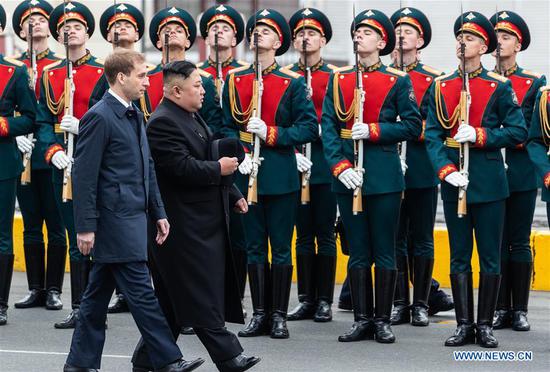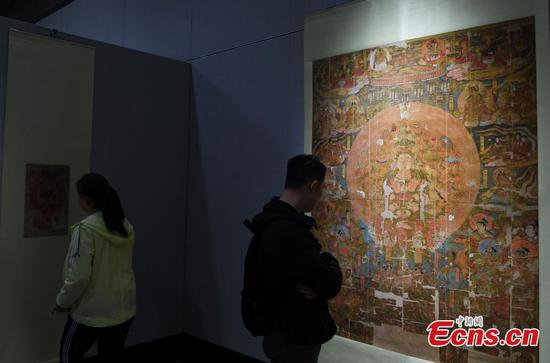Chinese President Xi Jinping's keynote speech at the second Belt and Road Forum for International Cooperation (BRF) hit the headlines today as world leaders and delegates from international organizations gathered in Beijing for China's diplomatic highlight of the year.
While President Xi emphasized the significance of development at the first BRF, he has attached more importance to the quality of development this year. "We need to take a people-centered approach, give priority to poverty alleviation and job creation to see that the joint pursuit of Belt and Road cooperation will deliver true benefits to the people of participating countries and contribute to their social and economic development," President Xi stressed.
To ensure the high-standard development, he vowed zero tolerance of corruption and that all cooperative projects are conducted in the glare of the sun. For this end, the Beijing Initiative for a Clean Silk Road was launched to crack down on graft and deter officials from descending into unruly behaviors.
High-quality growth cannot be achieved without adherence to green cooperation, which is also a highlight of President Xi's 2019 BRF speech. "We may launch green infrastructure projects, make green investments and provide green financing to protect the earth which we all call home," the president said in this keynote speech.
In the past few years, China has been playing an active role in constructing platforms for disseminating information on green growth. The Shanghai Cooperation Organisation Environmental Information Sharing Platform, China-ASEAN Environmental Information Sharing Platform and the Belt and Road Environmental Big Data Service Platform are typical examples, encouraging the sharing of information in environmental protection policies, laws and regulations.
Moreover, while the first BRF focused on the common problems facing BRI countries, President Xi has talked more about the BRI goals this year: promoting multilateralism, globalization and enhancing the level of global governance. Against the backdrop of rising protectionism and anti-globalization sentiments, the BRI is promoting globalization based on openness and inclusiveness. While the first BRF is more about what has made the BRI, the second BRF, as Wang Yiwei, a Jean Monnet Chair Professor at Renmin University of China, concludes, is more about where the BRI will lead the world.
Despite China's sincere efforts in improving the quality of BRI development, the initiative has been mired in controversies since its launch in 2013. "The BRI is not an exclusive club," President Xi stressed. The trillion-dollar plan was proposed to connect Asia with the rest of the globe via an extensive web of infrastructure projects. The pursuit of common development is where the BRI differs from the existing international mechanisms.
Every policy and initiative has its flaws. For this end, Xi pledged stronger systemic and structural moves to boost the higher quality of China'sopening-up. "We will expand market access for foreign investment in more areas, [as] fair competition boosts business performance and creates prosperity," President Xi said at the forum, vowing accelerated construction of free trade zones and strict implementation of the new foreign investment law – the country's latest legal endeavor to ensure that foreign firms are treated on an equal footing to their domestic counterparts.
To further alleviate international concerns and suspicions about the BRI, President Xi also pledged to intensify international cooperation in intellectual property protection, increase imports of goods and services on an even larger scale, engage in international macroeconomic policy collaboration more effectively and attach more importance to the implementation of China's reform and opening-up policies.
As a Chinese saying goes, “Plants with strong roots grow well and efforts with the right focus will ensure success.” After years of endeavors, the BRI has gained extensive acceptance and support from the international community. Heads of state and government from more than three dozen countries, as well as some 5,000 participants from more than 150 countries and 90 international organizations, are present at this year's forum, according to media reports.
It is worth noting that the number of European leaders participating in the second BRF has seen a rise compared to the figure in 2017. Despite suspicions, an increasing number of countries have started to take the BRI Express for multi-win results. Time will prove that the BRI is a mutually beneficial initiative that has no geopolitical intention.









